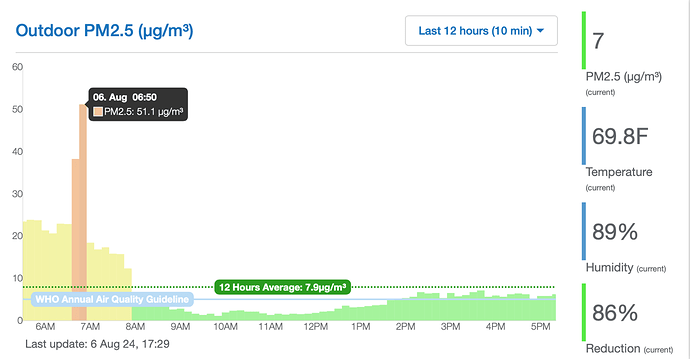Or, more precisely, lots of bugs!
Achim was right:
So now I want to put some mesh over the air holes to keep insects from returning, but I don’t want to throw off the readings. What material and mesh size would strike a good balance?
Nylon mesh is cheap and easy to come by, but I don’t know whether it will build up a static charge that skews the passage of small particles?
Stainless steel is also available, but I’m not sure what size mesh would work. 100-micron mesh only has about 50% open area. In theory 500-micron might be more open, but most things I’ve found are actually lower: probably due to thicker wire.
And I suppose fiberglass might be an option?
Thoughts? Recommendations?



